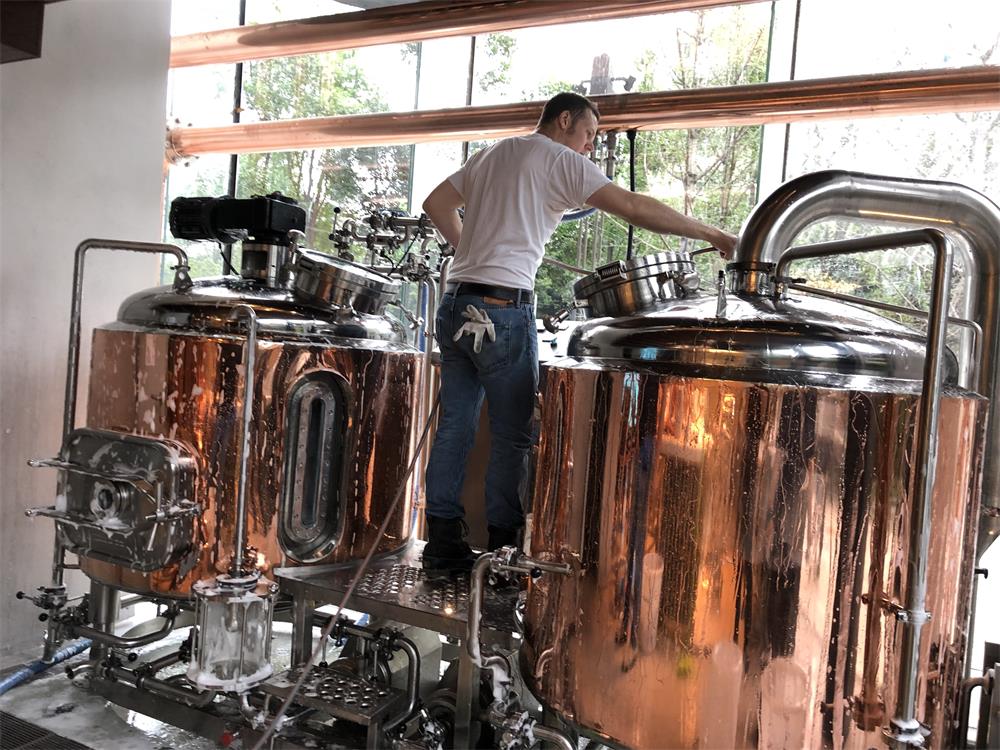How to set up a craft microbrewery
What is a Craft Microbrewery?
A craft microbrewery is a small, independent brewery that focuses on producing high-quality, artisanal beer in limited quantities. Unlike mass-produced beer from large-scale breweries, craft beer is brewed with a focus on unique flavors, traditional methods, and innovation. The term “microbrewery” refers to breweries that produce less than 15,000 barrels (465,000 gallons) of beer annually and sell the majority of their beer off-site.
Craft microbreweries emphasize creativity, often experimenting with different ingredients such as locally sourced hops, specialty grains, and unique yeast strains to develop distinct beer profiles. These breweries cater to beer enthusiasts who appreciate handcrafted brews with character and depth, setting them apart from mainstream beer brands.
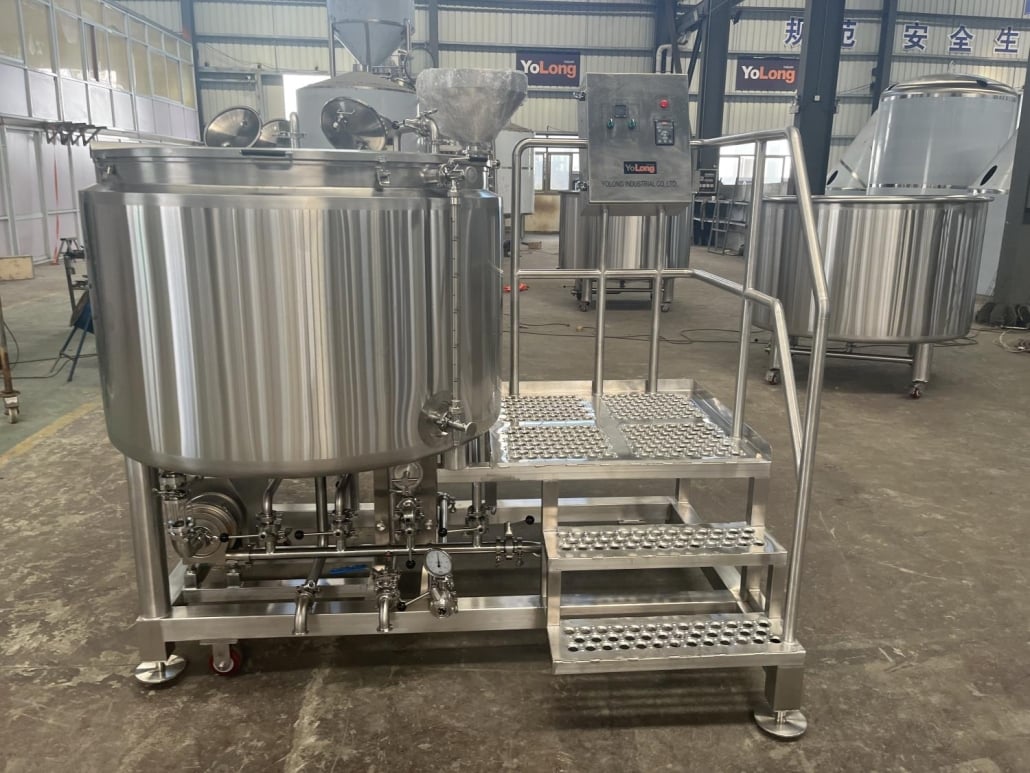
The Difference Between Craft Microbreweries and Traditional Large-Scale Breweries
When comparing craft microbreweries to large-scale breweries, several key distinctions stand out:
- Production Volume – Traditional breweries produce millions of barrels annually, whereas microbreweries cap their production at 15,000 barrels.
- Ingredients & Quality – Large breweries prioritize efficiency and cost-effectiveness, often using adjuncts like rice or corn to cut costs. Microbreweries focus on quality, using premium malts, hops, and unique yeasts.
- Innovation & Variety – Craft breweries constantly experiment with new styles, seasonal releases, and specialty brews, unlike mainstream beer brands that produce the same limited portfolio year-round.
- Distribution & Sales – Large breweries rely on extensive distribution networks, whereas microbreweries often sell through taprooms, local bars, and small-scale retailers.
- Ownership & Independence – Craft breweries are usually independently owned and operated, while major breweries are often part of multinational corporations.
The craft beer movement thrives on passion and authenticity, whereas large-scale breweries focus on mass appeal and consistency.
The Brewing Process and Key Steps of Craft Beer
Craft beer production follows a meticulous process that transforms raw ingredients into a delicious final product. Here are the key steps involved:
- Malting – Barley grains are germinated, dried, and roasted to develop the desired flavors.
- Mashing – The malted barley is mixed with hot water to extract fermentable sugars, creating a liquid called wort.
- Boiling & Hopping – The wort is boiled, and hops are added at different stages to contribute bitterness, aroma, and flavor.
- Fermentation – Yeast is introduced to the wort, converting sugars into alcohol and carbon dioxide.
- Conditioning & Aging – The beer is left to mature, enhancing flavors and carbonation.
- Packaging – Once ready, the beer is bottled, canned, or kegged for distribution.
Each step significantly influences the beer’s taste, aroma, and overall quality, making it a craft rather than just a production process.
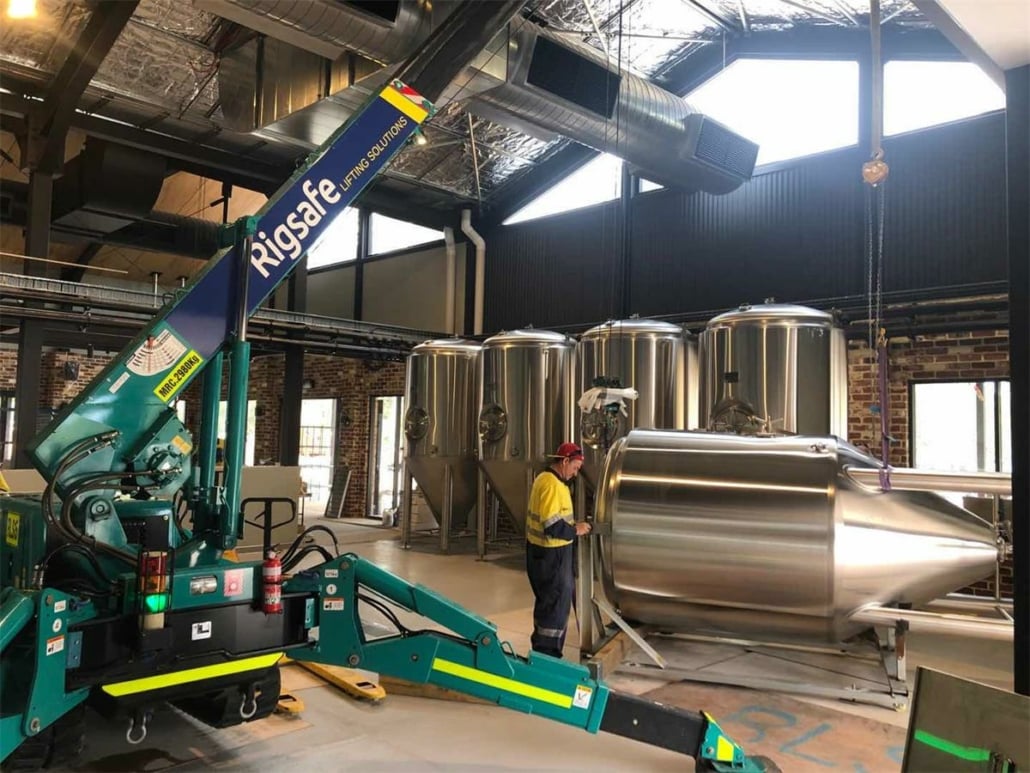
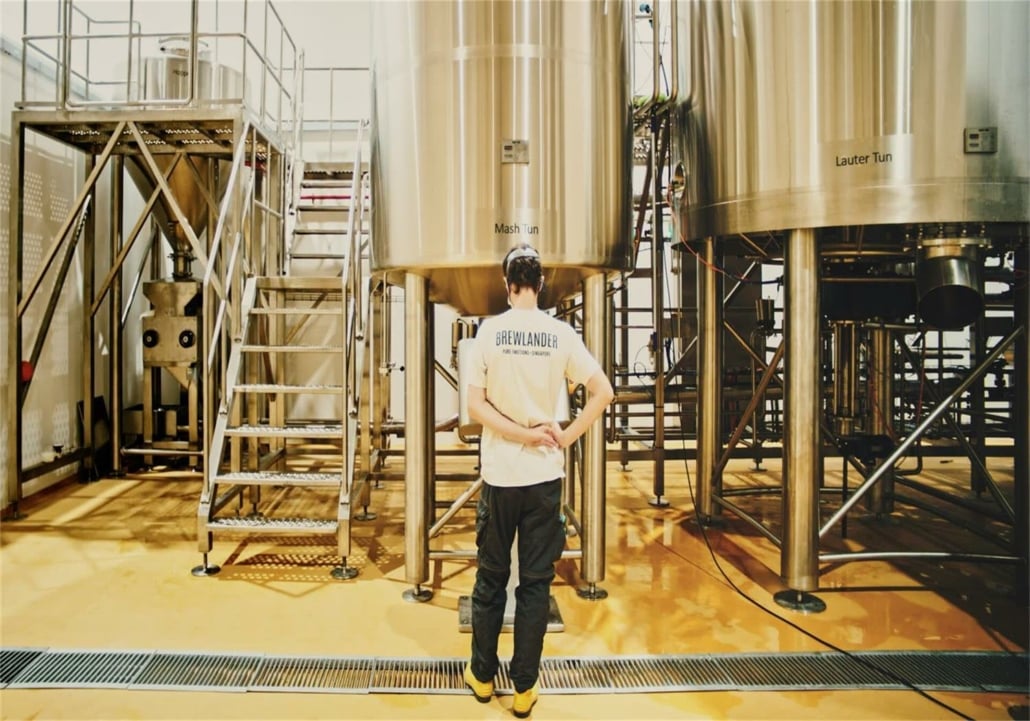
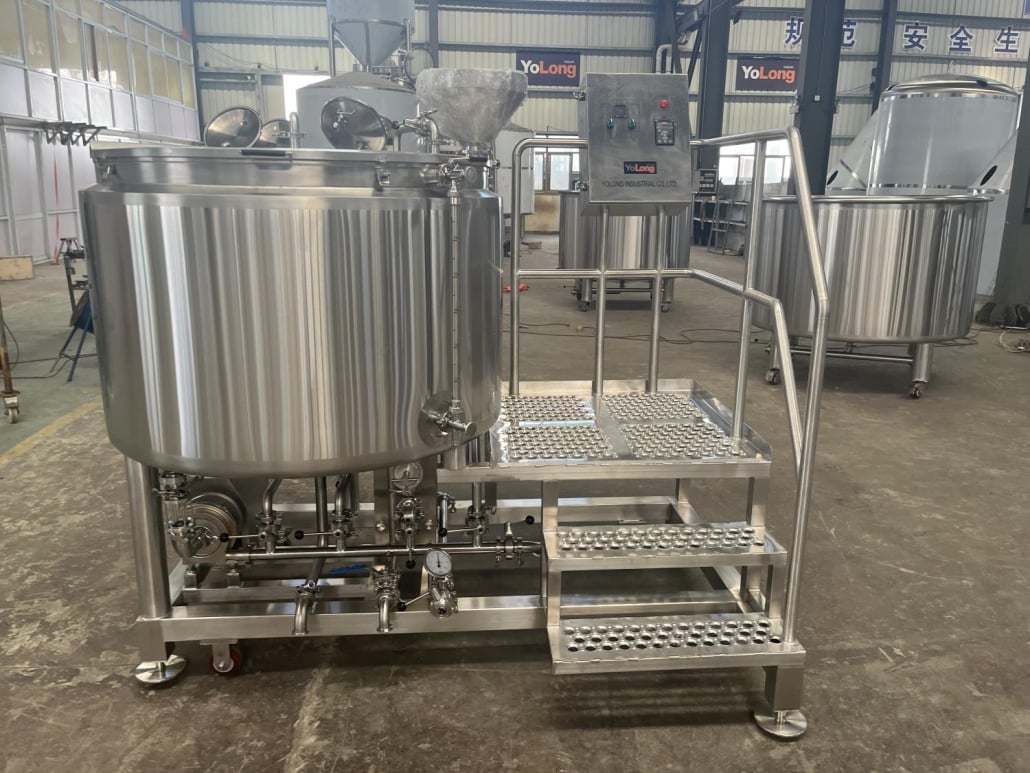
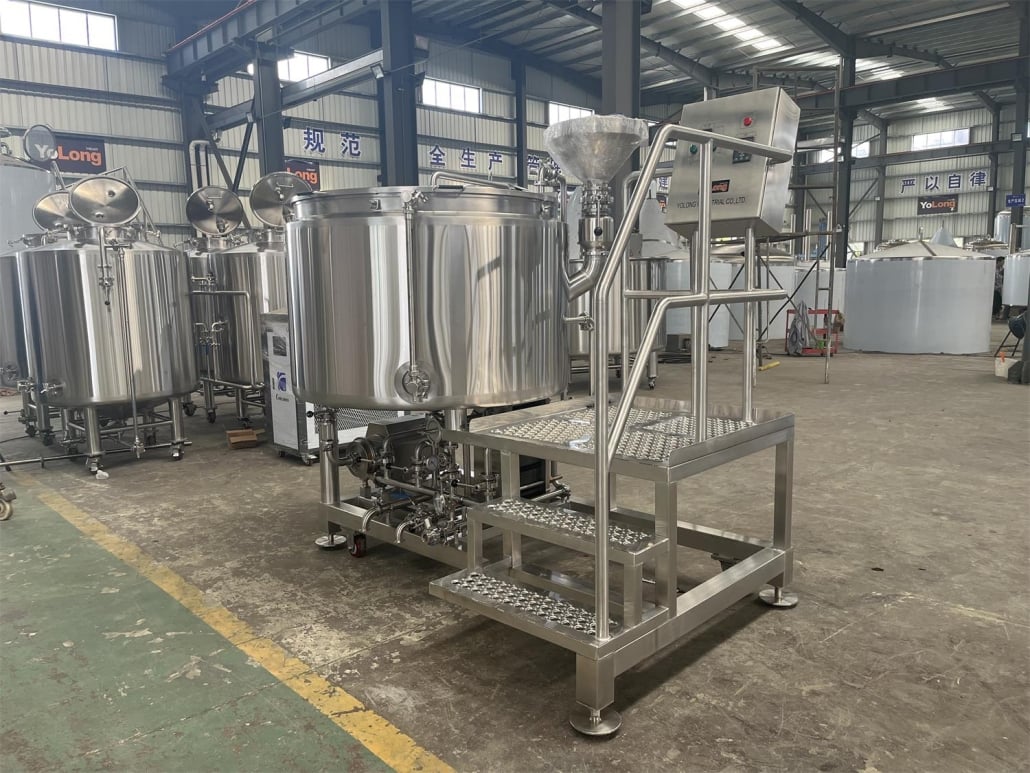
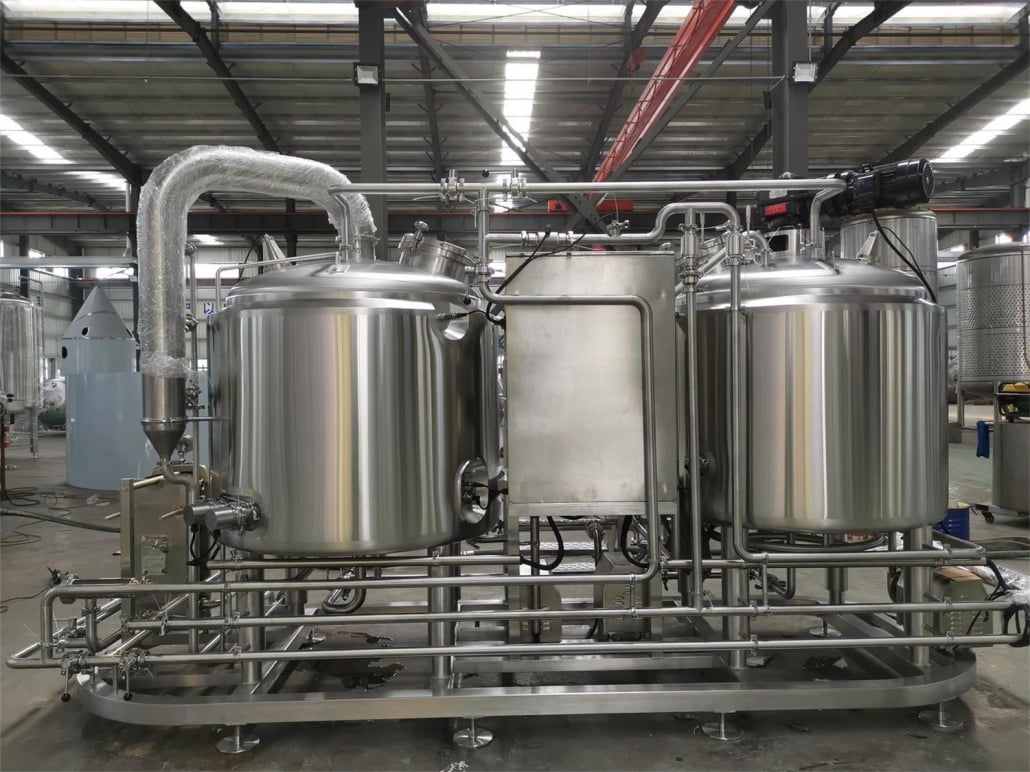
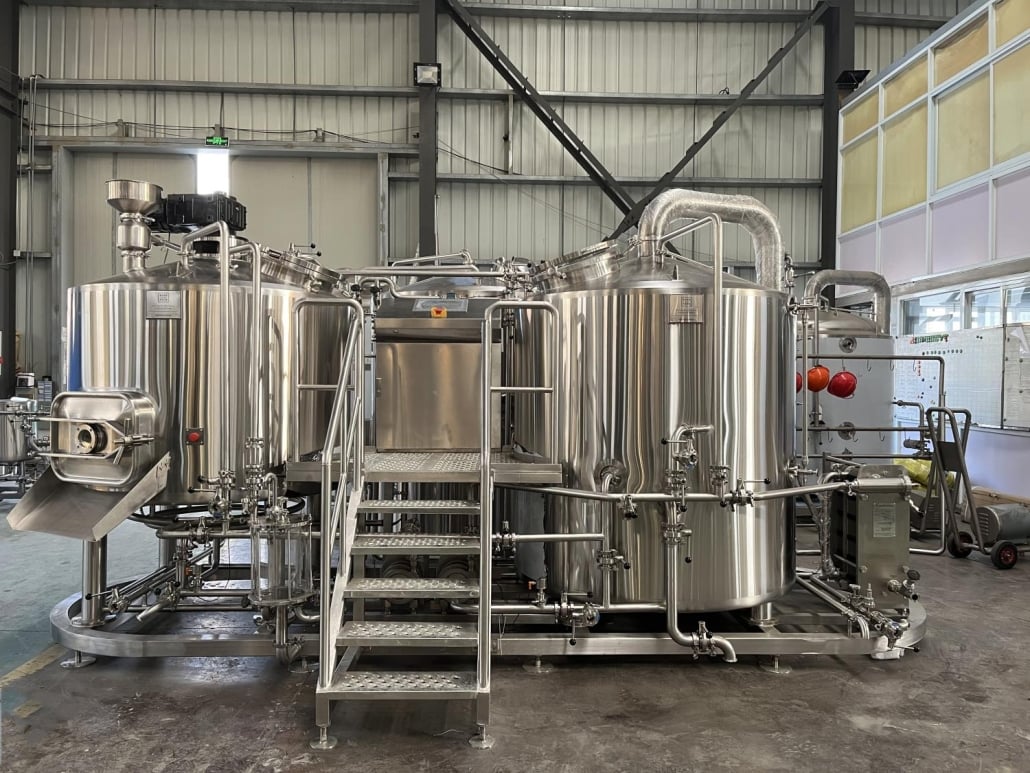
How to Open a Craft Microbrewery
Starting a craft microbrewery requires strategic planning, investment, and a passion for brewing. Below is a structured overview of essential steps:
| Step | Details |
|---|---|
| Business Plan | Define your target market, business model, and funding strategy. |
| Legal Requirements | Obtain brewing permits, alcohol licenses, and health certifications. |
| Location Selection | Choose a space with adequate utilities, zoning approval, and customer accessibility. |
| Equipment Procurement | Purchase essential brewing equipment: fermenters, kettles, mash tuns, and refrigeration units. |
| Recipe Development | Experiment with flavors to create a unique and marketable beer lineup. |
| Branding & Marketing | Develop a compelling brand, website, and social media presence. |
| Distribution Strategy | Plan your sales channels—taproom, local bars, online sales, or retail. |
The success of a craft microbrewery hinges on meticulous planning and quality execution at each stage.
Profit Model of Craft Microbrewery
Understanding revenue streams and costs is crucial for financial sustainability. Below is a breakdown of common profit models:
| Revenue Source | Details |
|---|---|
| Taproom Sales | Higher profit margins through direct sales to customers. |
| Wholesale Distribution | Selling to bars, restaurants, and retail stores. |
| Events & Tastings | Hosting brewery tours, beer festivals, and private events. |
| Merchandising | Selling branded merchandise such as t-shirts, glassware, and posters. |
| Membership Programs | Offering exclusive beer clubs and subscription services. |
Balancing costs, pricing, and sales channels is key to maximizing profitability in the competitive craft beer market.
Craft Microbrewery Cultures from Different Countries
Craft beer has taken the world by storm, with different regions embracing unique brewing styles:
- United States – Home to thousands of craft breweries, known for bold IPAs, barrel-aged stouts, and experimental sours.
- Germany – Deeply rooted in brewing traditions, famous for lagers, hefeweizens, and Reinheitsgebot (beer purity law).
- Belgium – Celebrated for Trappist ales, saisons, and lambics brewed with wild yeast strains.
- United Kingdom – Rich in pub culture, known for bitters, porters, and cask ales.
- Japan – Emerging craft scene, blending local ingredients like yuzu and matcha into beer styles.
- Australia & New Zealand – Known for hop-forward beers showcasing local hop varieties.
Each country’s craft beer culture adds a distinct touch to the global brewing industry, keeping it dynamic and diverse.
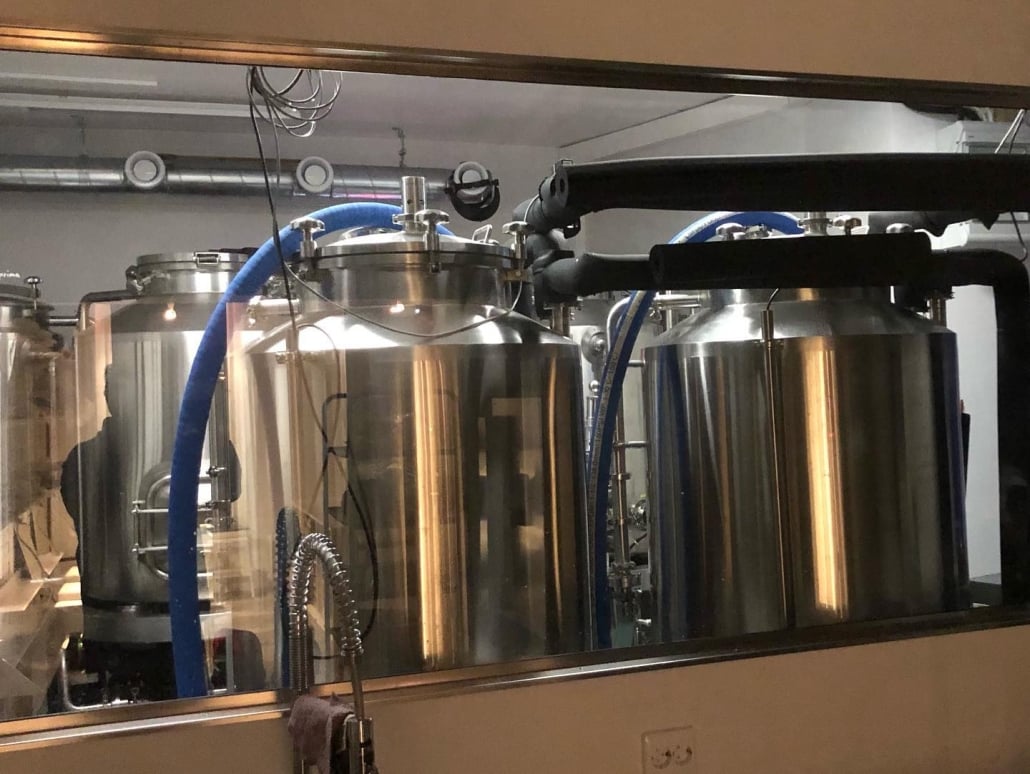
FAQ
| Question | Answer |
|---|---|
| How much does it cost to start a craft microbrewery? | Startup costs range from $250,000 to $1 million, depending on size and location. |
| How long does it take to brew craft beer? | The brewing process takes 2-8 weeks, depending on the beer style. |
| Is craft beer healthier than commercial beer? | Craft beer often contains fewer additives and preservatives, offering more natural ingredients. |
| Do craft breweries make a profit? | With proper planning and marketing, many craft breweries achieve profitability within 3-5 years. |
| What is the best-selling craft beer style? | IPAs (India Pale Ales) are among the most popular craft beer styles worldwide. |
Share this entry
Interested in learning more about Brewing Systems including additional details and pricing information? Please use the form below to contact us!
YOLONG BREWERY EQUIPMENT FAQS
- Commercial Brewery / Craft Brewery / Microbrewery / Nanobrewery
- What is The Difference Between Craft Beer and Industrial Beer?
- The Bespoke Differences In Custom Brewing Systems
- Everything You Need to Know About Kettle Souring
- How to Choose Brewing Equipment for Your business?
- How To Choose The-Best Partner To Build Your Commercial Microbrewing System?
- Two Detection Sensors That You Need To Use In Your Brewhouse System
- Remote Control Applications in Brewing Equipment/How does it work?
- How To Clean Your Brand New Brewery Tanks?

